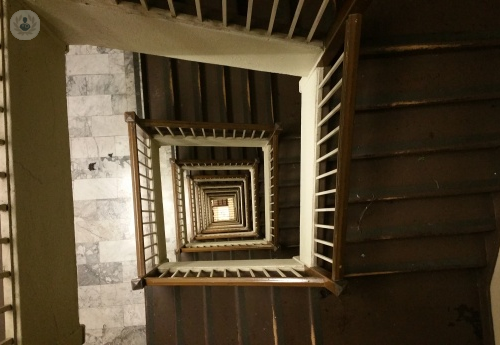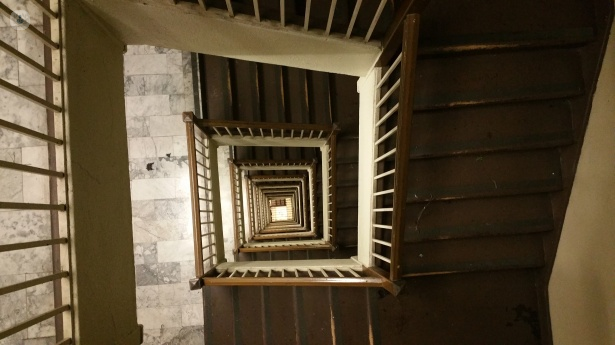
Posturography: a way to test for vertigo
What is a posturography test?
Otolaryngology (ENT) specialists treat many conditions, including patients who experience vertigo. For patients who present problems with balance or instability, a dynamic posturography examination may be recommended to establish how much they are being affected.
What is vertigo?
Vertigo is a condition of the vestibular system, which is located in the inner ear and controls balance and body posture. The main symptom is a feeling of dizziness which is usually accompanied by a sensation of nausea and feeling faint.
It affects all types of people of all ages - although in children, it usually appears spontaneously and fleetingly. In adults, it can develop and persist in a chronic way. The causes can be inner ear infections, an issue in the nervous connection of the ear to the brain or a condition in the brain such as neurological disorders like multiple sclerosis.

Posturography for the treatment of vertigo
Posturography is useful for assessing patient stability, as well as detecting possible disturbances in balance or vertiginous disease and for establishing potential rehabilitation. It is also useful for those who have difficulty walking, with weight transfer, or for rehabilitation of ankle, knee, hip or back conditions.
A posturography test consists of placing the patient on a platform with different instructions and postures to follow: standing, with eyes open, eyes closed, and with the platform stable or mobile. The balance evaluation tests last between 20 and 30 minutes.
If used for the treatment of vertigo, the sessions will last between 30 and 45 minutes. It is recommended that at least four sessions, bi-weekly, of vestibular rehabilitation is required to assess the progress in the patient.
What is the preparation for a posturography test?
To perform the test, the patient does not need any previous preparation; they stand barefoot on the platform of the posturograph as calmly as possible. The platform has sensors which measure how the patient reacts to movements, and the movements are intended to mimic ones they make or experience in day to day life. After the tests, the specialist will analyse the results and take appropriate action, or give the required advice.

